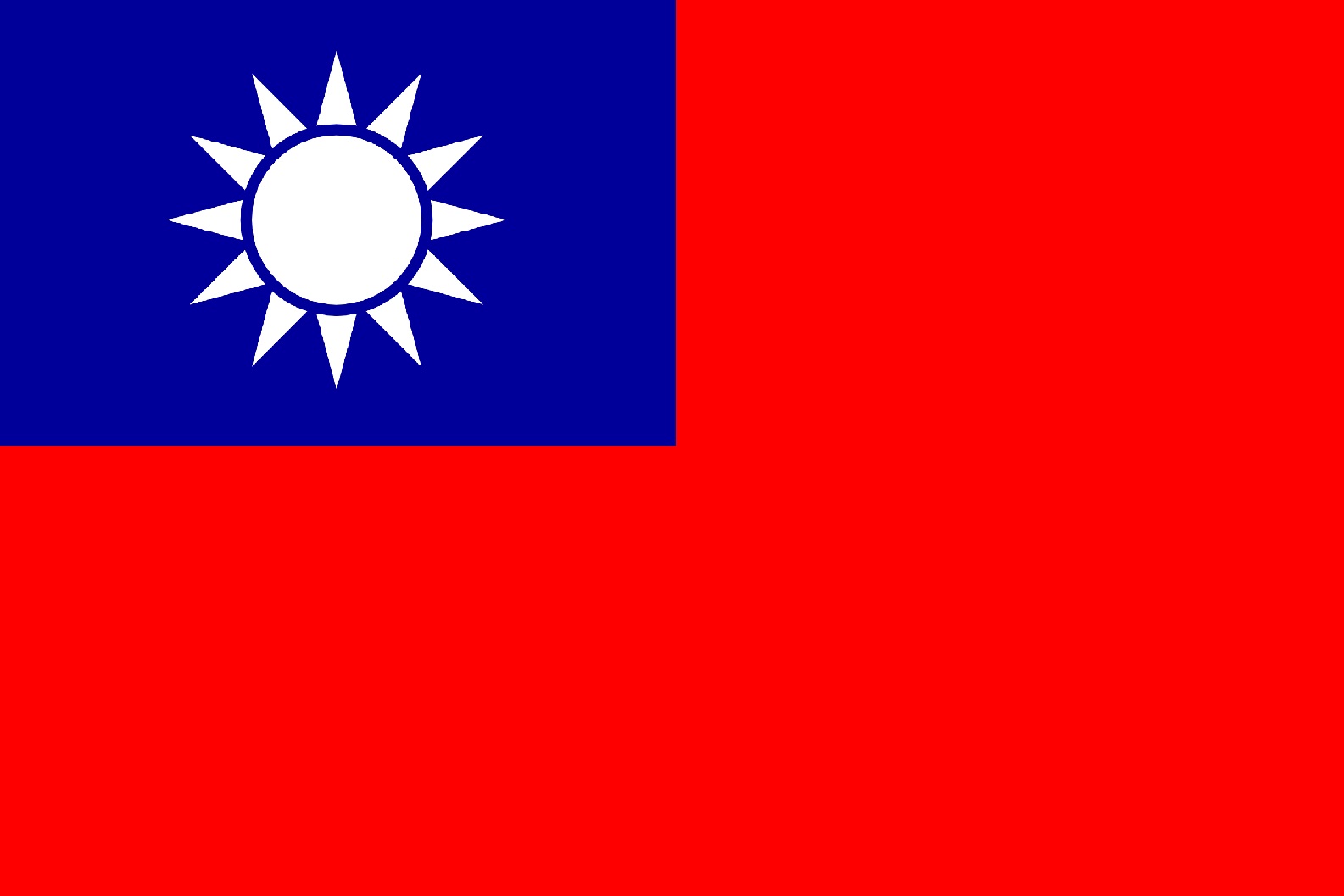
In an effort to put more pressure on the Chinese Communist Party (CCP), a total of 50 U.S. senators called on the Trump administration to commence negotiations on a bilateral trade agreement with Taiwan. The group, consisting of 42 Republicans and eight Democrats, sent a letter to U.S. Trade Representative Robert Lighthizer on Oct. 1.
According to the letter, the U.S. partnering with Taiwan’s industries will reduce manufacturing reliance on China. It cited Taiwan’s record as a “longstanding partner and security ally” as a ground for negotiating a trade agreement. “We are confident that a U.S.-Taiwan trade agreement would promote security and economic growth for the United States, Taiwan and the Indo-Pacific as a whole,” the letter said.
Trade between Taiwan and the U.S. amounted to $85.5 billion in 2019, with the U.S. running a deficit worth $23.1 billion. The democratic island nation was the 14th biggest export market for the U.S. in 2019. Despite these, Taiwan has long sought a free trade agreement with the U.S.—its most important supporter globally.
The call to establish trade relations with Taiwan followed military escalations by the mainland Chinese government. The CCP sent fighter jets towards Taiwan's airspace Sept. 18, during the visit of State Undersecretary Keith Krach. Krach was the second senior U.S. official to visit Taiwan this year after Health and Human Services Secretary Alex Azar, who went in August to sign a cooperative agreement with Taiwanese President Tsai Ing-wen. In the same manner, Chinese aircraft also flew over Taiwan’s airspace during Azar’s visit.
Similar to other countries, the U.S. has no official relations with Taiwan. The CCP, meanwhile, claims the self-ruled island as part of its territory and continuously asserted its military might over it.
The U.S.-Taiwan trade deal started small – with pork and beef imports
Last August, Taiwan announced that it had eased import restrictions on pork and beef importations, paving the way for an eventual deal. The U.S. initially complained about these import restrictions on meat, which Taiwan defended on health grounds—given concerns over mad cow disease and livestock additives.
The letter by the group of senators cited this recent announcement as a move that will “greatly increase accessibility for [American] farmers and ranchers to do business with Taiwan,” and pushed for more negotiations with an eventual goal of a comprehensive bilateral trade agreement.
Once the bilateral trade agreement with Taiwan is established, it will then be the basis for building a “network of like-minded governments” espousing “fair competition and open markets free from government manipulation.” According to the letter, this network counters China’s use of “unfair trading practices” and other policies to showcase its economic dominance in the Indo-Pacific region.
There is a fundamental difference between how China and the U.S. approaches Taiwan
One can easily spot the differences in how the CCP and the U.S. deal with Taiwan.
China uses military might and provocative rhetoric to bully Taiwan. An editorial in the Chinese state-run tabloid Global Times referred to the Sept. 18 fly-bys by Chinese aircraft as a “rehearsal for Taiwan takeover.” The article criticized the “collusion” between the superpower and the island nation, warning that the CCP will exhaust all options, including military ones, to stop both parties from “upgrading their provocations.”
Meanwhile, the U.S. reaches out to Taiwan by diplomatic means. Azar’s visit in August 2020 was the first high-level visit of a senior state official, since Taiwan and the U.S. broke ties in 1979. In September 2019, the two countries signed an agreement formalizing consular functions—which strengthened their relations.
Regardless of the approach, China’s continued intimidation of Taiwan and other countries it has disputes with may be a possible trigger for a wide-scale global conflict.
Sources include:
Please contact us for more information.





















